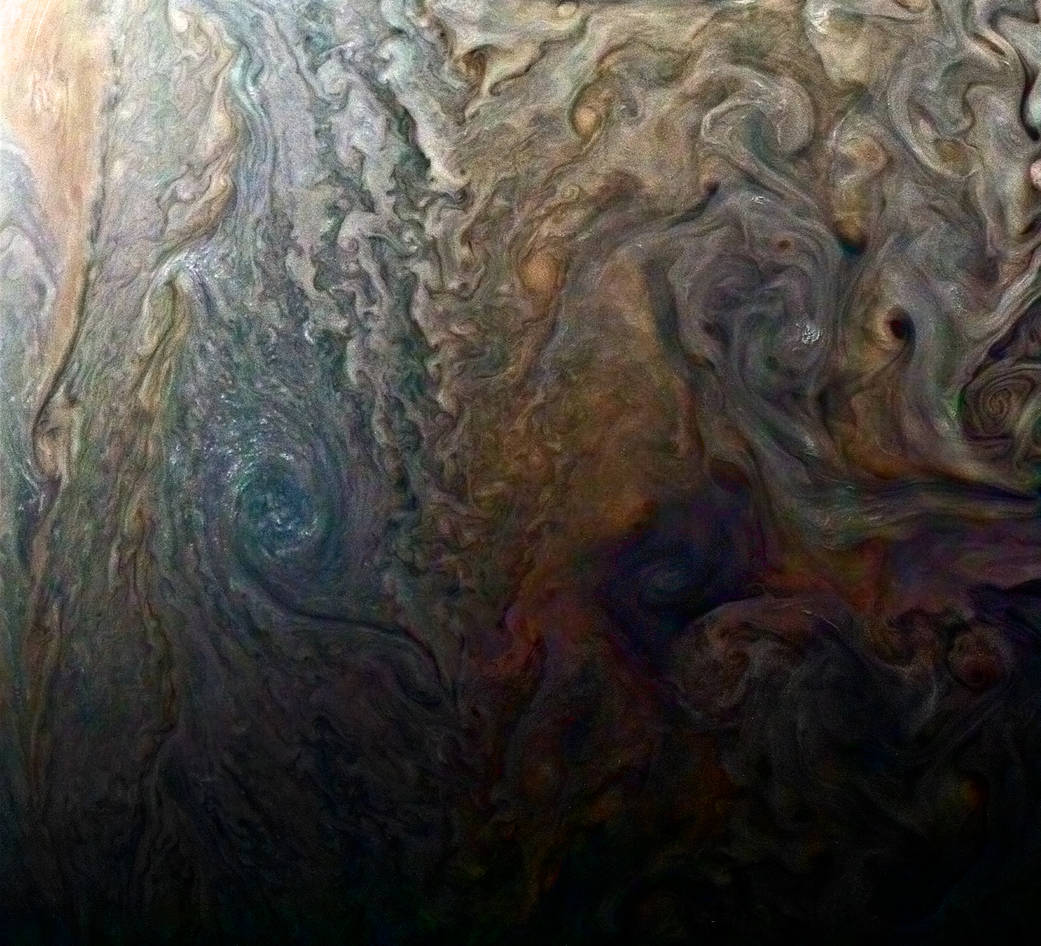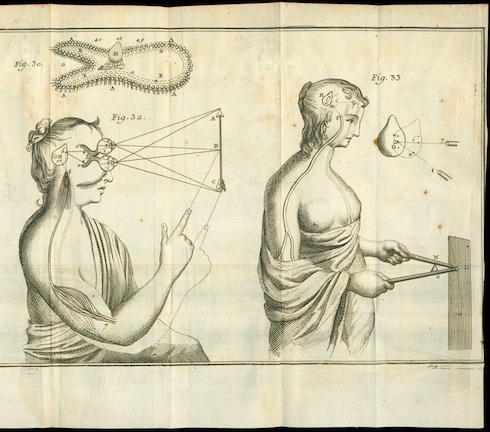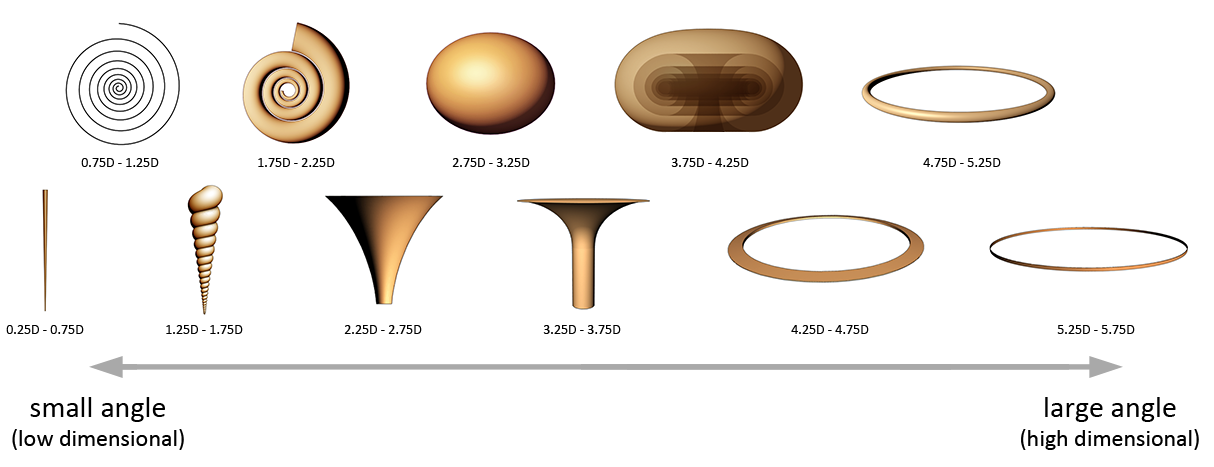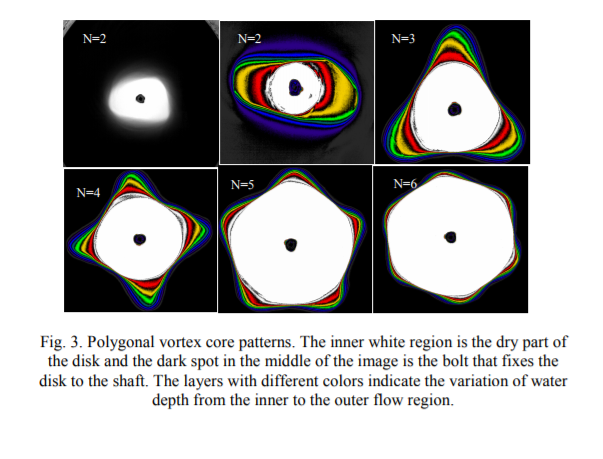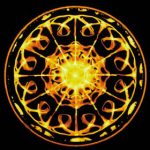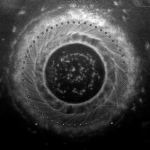|
8:05 PM  |
  |
||
|
||||
And we’ve still not addressed what we can learn from the solar system scale. On the atomic/ nuclear scale, it’s easy to fall into the trap of “particles in a vacuum”. On the solar system scale, we now have the Bessel function idea where there are “orbital energy levels”, where we can theoretically have jumps from one stable orbit to another, but ALSO actual changes in the Bessel function orbits themselves.
Sent from my iPhone
> On Dec 4, 2017, at 11:52 AM, jhafner <jhafner@swcp.com> wrote:
>
> Hi Edwin and all,
>
> I was nodding my head as I read this – Edwin’s model and Mills are in sync. Juan, thanks for all the great references.
>
> “It’s commonly accepted that hydrogen’s solo electron is whizzing around its nucleus in its most energetically favorable, ground-state atomic orbital — you simply can’t bring hydrogen’s electron closer to its nucleus. But Mills says you can.”
>
> https://plus.google.com/+
>
> Edwin wrote:
>> The key here IMHO is that the electron can go closer to the
>> proton….. This has everything to do with the creation of the so
>> called “neutrons” and as i propose they are not fundamental particles
>> but an electron (tightly) fitted between 2 protons. That is the state
>> whereby the electron moved from orbit position to nuclear (neutron)
>> position. This is Beta + decay! so it is a known thing.
>> On that note, we then have to accept the fact that an electron
>> falling into a lower state is only possible when that electron
>> releases energy (just like normal light emission), meaning it is a
>> condensing effect in essence. Or at least contracting… Soooo by
>> creating a very hot plasma one does not readily get fusion going,
>> hence it might prove quite difficult for hot fusion to really be.
>> “cold fusion” however uses an extremely strong force at small level,
>> namely the electrostatic i would argue / electricity (EM)
>>
>> Edo
> …
>
> /Jean
|
11:24 PM  |
  |
||
|
||||
From one of the links…..
“….THE LOW-ENERGY NUCLEAR REACTION: SOME CALL IT COLD FUSION / REGARDLESS OF THE THEORETICAL EXPLANATION, SOME SAY THERE’S BY NOW NO DOUBT THAT NUCLEAR REACTIONS CAN BE TRIGGERED USING CHEMICAL ENERGY / ALTHOUGH THESE CLAIMED
REACTIONS ARE NOT YET WELL UNDERSTOOD, A CANDIDATE HYPOTHESIS IS THAT THE ELECTRON IN HYDROGEN COULD TRANSITION FROM ITS NORMAL GROUND ENERGY STATE TO PREVIOUSLY UNKNOWN LOWER AND MORE STABLE STATES, LIBERATING ENERGY IN THE PROCESS / “TELLING PHYSICISTS THAT THEY’VE GOT [HYDROGEN’S GROUND STATE] WRONG IS LIKE TELLING MOTHERS ACROSS AMERICA THAT THEY’VE MISUNDERSTOOD APPLE PIE”
I ain’t gonna tell no mother she misunderstood apple pie….
On Sat, Dec 2, 2017 at 8:53 PM, don mitchell <don86326@gmail.com> wrote:
Thanks, Juan. Good stuff. Looking forward to a deeper look.-donOn Sat, Dec 2, 2017 at 11:42 AM, Juan Calsiano <juancalsiano@gmail.com> wrote:
Hi Don (and all),
If you are diving into the subject of LENR (the N usually standing for “nuclear”), make sure you get Steven Krivit’s three-book series.
Krivit was an editor for the American Chemical Society 2008 and 2009 technical reference books on LENRs and editor-in-chief for the 2011 Wiley Nuclear Energy Encyclopedia. He is the leading author of review articles and encyclopedia chapters about LENRs, including invited papers for the Royal Society of Chemistry, Elsevier and John Wiley & Sons.
Considering the controversial nature of the subject and the dogmatic attitude of academia as a whole, it is a pleasing surprise to see that he could publish books with titles like “Hacking the Atom”, “Fusion Fiasco” and “Lost History” and still be considered an authoritative voice within conventional circles.
Here are the links (each kindle ebook is just 4 bucks):
Of course, LENR is one of the many subjects that will be addressed in Chris Reeve’s incoming Controversies of Science social network. His preliminary controversy card about LENR can be found here (you may also want to check out my comments there regarding a possible relationship between LENR and cavitation phenomena):
https://plus.google.com/+Chris
ReeveOnlineScientificDiscourse IsBroken/posts/ZZXJMQyGqB1 That card will end up being a part of the website, and here is a preview of that:Happy explorations!
Juan
On 2 December 2017 at 14:56, don mitchell <don86326@gmail.com> wrote:
Lady and Gents,About Low Energy Neutron Reaction (LENR)An impressive index of the slides linked above is on slides #4 and #5.This topic is about elemental transmutation.Frank Znidarsic’s data for his theory in ‘Control of the Natural Forces’ came from a cold fusion (LENR) experiment’s frequency data, plus Podkletnov’s gravity beam frequency data (duplicated by Dr. Li in NASA’s Alabama facility), wherein Znidarsic realizes there is a resonant frequency of a nucleus that is caused by a delay of nuclear (Coulomb field) response –which delay IS conjectured to be the root-cause of the infamous fine grain constant (Planck’s constant). In this line of thought, transmutation occurs during resonance with nuclei driven with electrical or magnetic activation (Podkletov) OR sonic activation driven by EM (LENR) as in cold fusion experiments. The key is to create a spatial-resonance of the nucleus, vibrating in space, of a sufficient population of atoms.The magic frequency realized by Mr. Z. is 1.094 megaHz-meters. (I.e., a one meter circumference conductor would magnetically cohere with nuclei at 1.094 megaHz.Frank Znidarsic <fznidarsic@aol.com> is a really nice guy, though Frank couldn’t follow my home-made vernacular in magnetic resonance of a rotating field (around the axial symmetry of a torus knot array).Some notes/links on Frank Znidarsic: http://portal.groupkos.com/index.php?title=Frank_Znidarsic Videos/links on Eugene (Evgeny) Podkletnov: http://portal.groupkos.com/index.php?title=Euge ne_Podkletnov_portal -don in Colorado
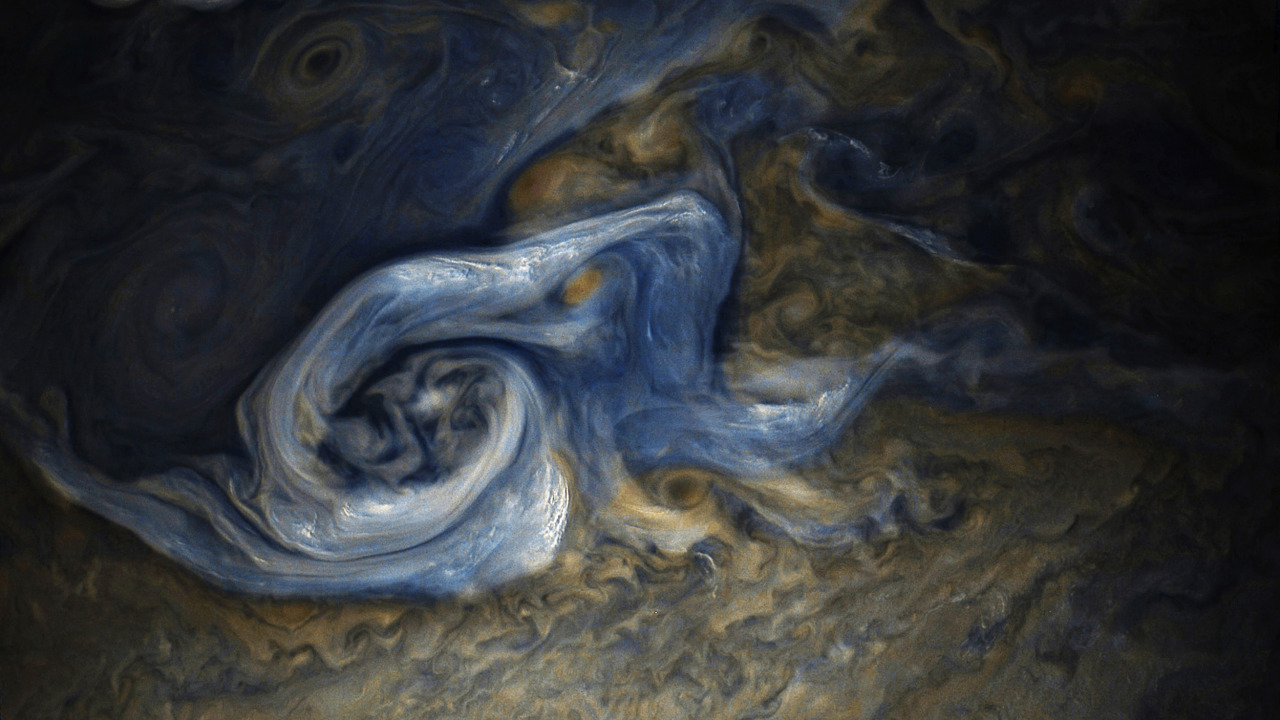 ——————————–
——————————–
The thinking of many other scientists, however, has been coloured by the increasingly mechanistic approach towards life – Deus ex machina (God from the Machine) – which is not to imply that all the established facts of science and the painstaking, dedicated research that has been carried out are invalid, but to suggest that their interpretation could perhaps be different. To date there has been far too much emphasis placed on analysis, the pursuit of minutiae, the development of specialist terminology incomprehensible to other scientific disciplines, let alone the rest of a humanity ever subservient to the dictates of a science that has become the infallible new God.
According to Viktor Schauberger, science thinks an octave too low and, due to its purely materialistic approach, neglecting the underlying energetic basis for all physical manifestation, has lost sight of the integrated whole. Prof. David Susuki, the eminent biologist, once stated that there were at least twenty branches of biology, each of which had it own jargon, unable to communicate coherently with the others. The individual feels insignificant in the face of all this vast array of scientific expertise, a condition one has noticed among acquaintances, when confronted by the towering edifice of the apparently all-knowing, ‘Scientific Establishment’.
——————————–
https://youtu.be/oJcZyitiwrw
Res Cogitans and Res Extensa
|
 |
  |
||
|
||||
In his answer, he said: “we have to choose what alpha will be. If we can find a reasonable function of r for it, that’s good.” In his paper, he says: “The step-wise Euler method described here can also be used in the event the state-equations are nonlinear due to choosing an arbitrary α = α (r).”
Also, in his paper he says: “Allowing α = α(r) would distort the radial axis used to plot Bz(r) and Bθ(r)”
That is related to what you want. So, if you choose the adequate α = α(r), then yes, the current density j may fall off more strongly with r (which is not the same as saying that alpha is a function of j). Even more, with the adequate α = α(r) you may get a more convincing argument for the Titius Bode observation to replace the one made by Don in 2015, in which he used a constant alpha of 19.5, seemingly leaving lots of unused possible orbits between real orbits.
Cheers,
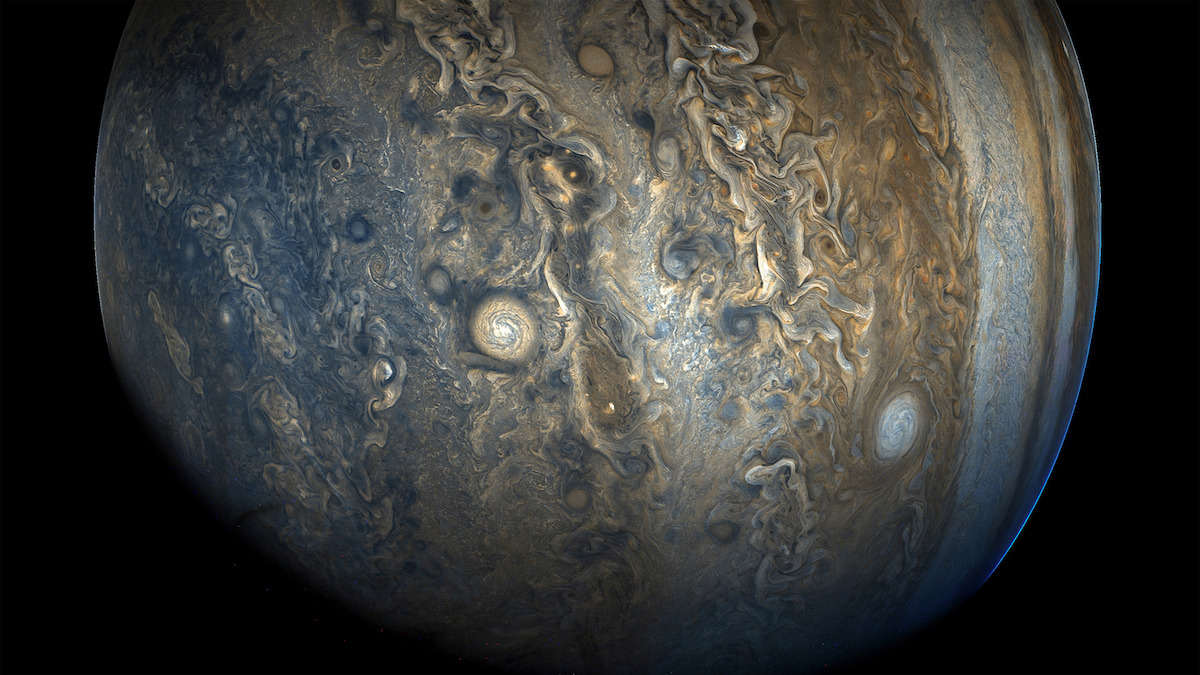
On 2 December 2017 at 02:04, Jim Weninger <jwen1@yahoo.com> wro
Juan and David,Read especially section 3 and the derivation of equation (14):then tell me where Don or I made a mistake. Alpha does to me seem to be a function of j, and then would be the key to fitting the Bessel function to the solar system. I’m always willing to accept that I’ve made an error, but here I don’t even understand the objection. Perhaps Either of you can help?—– Forwarded Message —–From: Donald Scott <dascott3@cox.net>To: Jim Weninger <jwen1@yahoo.com>Sent: Friday, December 1, 2017, 12:15:10 PM MSTSubject: Re: If alpha is function of j, does it not fall off as j decrease?Alpha is not a function of j.
Alpha is a scale factor between the dimensionless independent Bessel function variable, x, and the real-world variable, r.An Example: The first zero of Bessel function of J0(x) is at x = 2.4048. That’s the radius where the central lobe of j and B ends – where the z component stops and the encircling wrap-around component is maximum. It’s where the “first orbit” is. So, if we want to use “astronomical units” (Earth-Sun distance) as our real-world radius unit, the orbit of Mercury is at about r = 0.3. That means: alpha = x/r = 2.4048 / 0.3 = 8.016. That is a constant, not a variable that depends on r or j or anything else. The next realistic orbit would (IMO) be at x = 8.6537, or r = 8.6537/ 8.016 ~ 1. (I don’t know what happened to Venus??)The point is, we have to choose what alpha will be. If we can find a reasonable function of r for it, that’s good.Feel free to disagree, but I want to make sure you understand where I am coming from on this.Don
|
 |
  |
||
|
|||
This keeps ringing for me – The spatial frequency of the bessel function as a function of r:
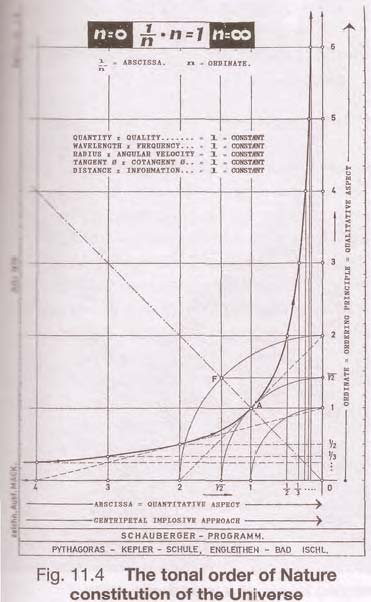
On Fri, Dec 1, 2017 at 9:34 PM, Juan Calsiano <juancalsiano@gmail.c
On 2 December 2017 at 02:04, Jim Weninger <jwen1@yahoo.com> wro
Alpha is not a function of j.

On Dec 1, 2017, at 9:50 AM, Donald Scott <dascott3@cox.net> wrote:
Jim,
Here are my reactions to your last email.
D
<ForJim2.docx>
Platonic solids/The Structure Atom Model (SAM) by Edwin Kaal from Science to Sage on Vimeo.
![]()
On Sat, Dec 2, 2017 at 10:14 AM, don mitchell <don86326@gmail.com> wrote:
Found a link to polygons in spinning fluids…Symmetry-Breaking of Interfacial Polygonal Patterns and Synchronization of Travelling Waves within a Hollow-Core Vortex-don
On Sat, Dec 2, 2017 at 10:14 AM, don mitchell <don86326@gmail.com> wrote:
Found a link to polygons in spinning fluids…Symmetry-Breaking of Interfacial Polygonal Patterns and Synchronization of Travelling Waves within a Hollow-Core Vortex
|
10:42 AM  |
  |
||
|
||||
Hi Don (and all),
If you are diving into the subject of LENR (the N usually standing for “nuclear”), make sure you get Steven Krivit’s three-book series.
Krivit was an editor for the American Chemical Society 2008 and 2009 technical reference books on LENRs and editor-in-chief for the 2011 Wiley Nuclear Energy Encyclopedia. He is the leading author of review articles and encyclopedia chapters about LENRs, including invited papers for the Royal Society of Chemistry, Elsevier and John Wiley & Sons.
Considering the controversial nature of the subject and the dogmatic attitude of academia as a whole, it is a pleasing surprise to see that he could publish books with titles like “Hacking the Atom”, “Fusion Fiasco” and “Lost History” and still be considered an authoritative voice within conventional circles.
Here are the links (each kindle ebook is just 4 bucks):
Of course, LENR is one of the many subjects that will be addressed in Chris Reeve’s incoming Controversies of Science social network. His preliminary controversy card about LENR can be found here (you may also want to check out my comments there regarding a possible relationship between LENR and cavitation phenomena):
https://plus.google.com/+
Happy explorations!
Juan
On 2 December 2017 at 14:56, don mitchell <don86326@gmail.com> wrote:
Lady and Gents,About Low Energy Neutron Reaction (LENR)An impressive index of the slides linked above is on slides #4 and #5.This topic is about elemental transmutation.Frank Znidarsic’s data for his theory in ‘Control of the Natural Forces’ came from a cold fusion (LENR) experiment’s frequency data, plus Podkletnov’s gravity beam frequency data (duplicated by Dr. Li in NASA’s Alabama facility), wherein Znidarsic realizes there is a resonant frequency of a nucleus that is caused by a delay of nuclear (Coulomb field) response –which delay IS conjectured to be the root-cause of the infamous fine grain constant (Planck’s constant). In this line of thought, transmutation occurs during resonance with nuclei driven with electrical or magnetic activation (Podkletov) OR sonic activation driven by EM (LENR) as in cold fusion experiments. The key is to create a spatial-resonance of the nucleus, vibrating in space, of a sufficient population of atoms.The magic frequency realized by Mr. Z. is 1.094 megaHz-meters. (I.e., a one meter circumference conductor would magnetically cohere with nuclei at 1.094 megaHz.Frank Znidarsic <fznidarsic@aol.com> is a really nice guy, though Frank couldn’t follow my home-made vernacular in magnetic resonance of a rotating field (around the axial symmetry of a torus knot array).Some notes/links on Frank Znidarsic: http://portal.groupkos.com/index.php?title=Frank_Znidarsic Videos/links on Eugene (Evgeny) Podkletnov: http://portal.groupkos.com/index.php?title=Euge ne_Podkletnov_portal -don in Colorado

![]()
https://youtu.be/BIVNvyOCs2Y
![]()
![]()
ORMUS
http://32youtube.com/search.php?q=david+hudson+ormus
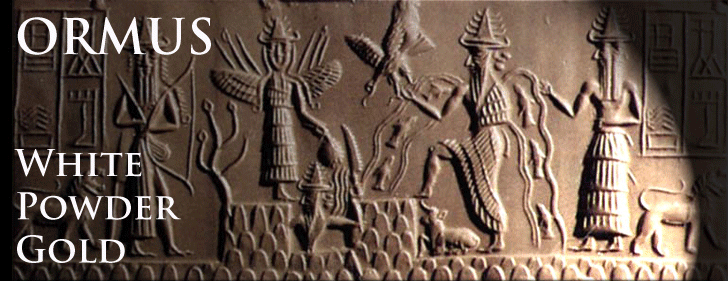
![]()

https://rationalwiki.org/wiki/ORMUS
http://www.subtleenergies.com/ormus/presentations/virginiabeach.htm
![]()

![]()
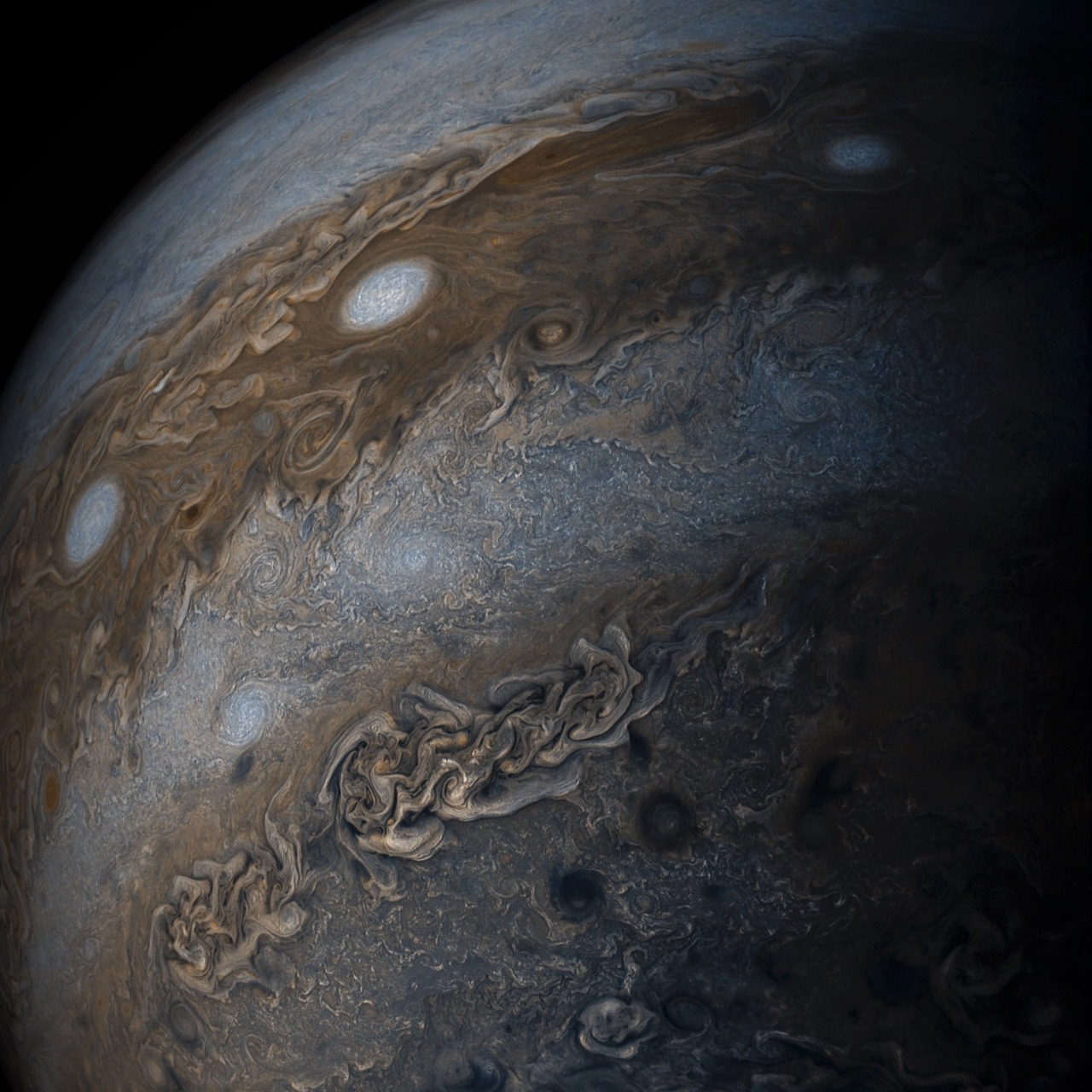
![]()

![]()
